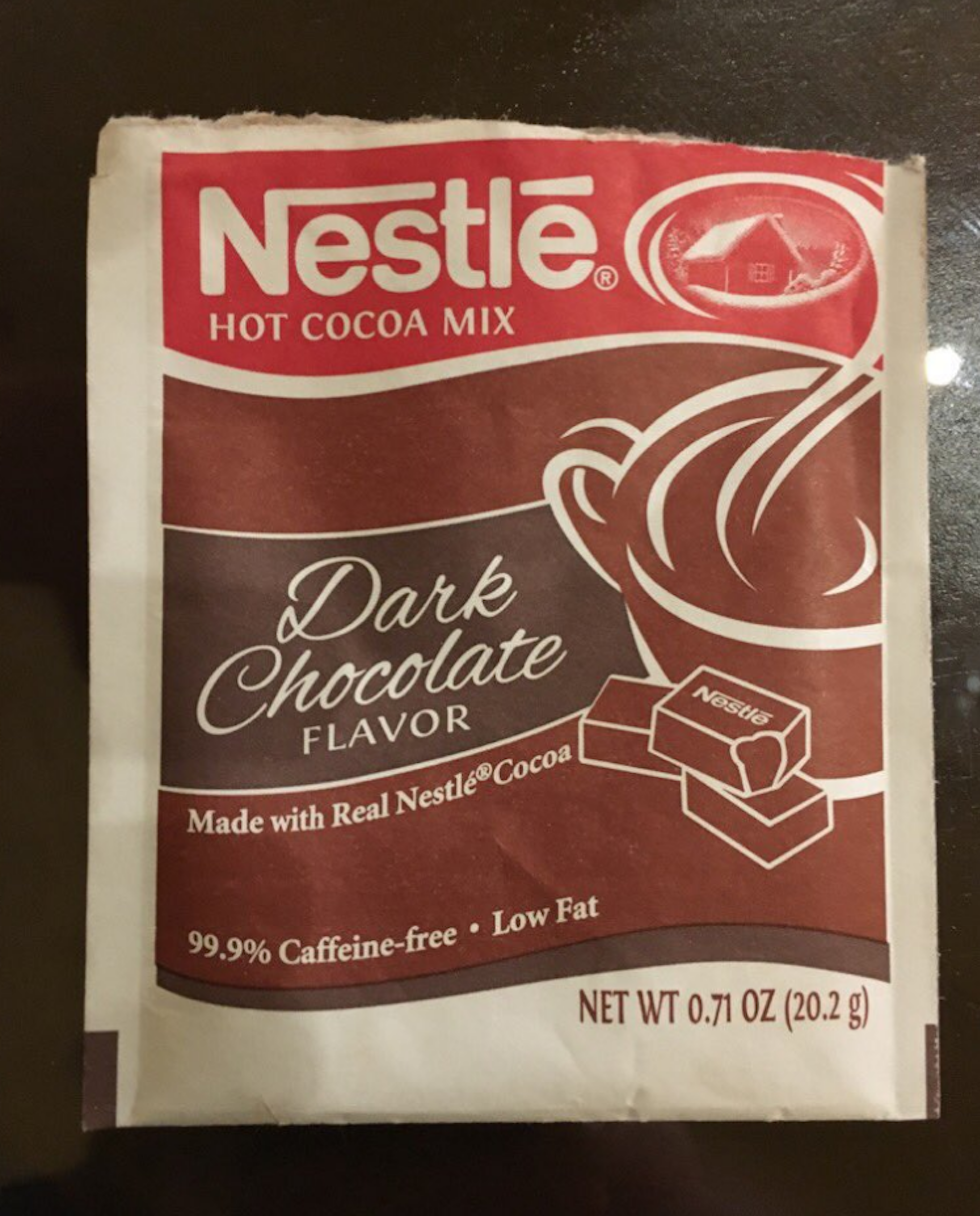99.9% Caffeine-free
The twelfth chapter of Carl Sagan's 1996 The Demon-Haunted World (a serious contender for the best-ever title of a popular science book) is called The Fine Art of Baloney Detection. There he rips into the advertising world for bombarding us with dazzling but irrelevant facts and figures. The problem, in Sagan's view, is we see these numbers and think wow, that's impressive — and then never bother to consider what the figures actually mean. This is just what the advertisers intend. "You’re not supposed to ask.", Sagan writes, "Don’t think. Buy."
Sagan is largely referring to the marketing used in over-the-counter drug sales; this problem became far more pernicious the year after Sagan wrote this essay, when the US legalized direct-to-consumer marketing of prescription drugs as well. Rather than taking on the massive, complex, and troubling issues surrounding that market, our the case study presented here examines an amusing and largely harmless example of the same advertising tactics.
Below, a packet of hot cocoa that I picked up in a DC hotel lobby.

"99.9% caffeine-free," the packaging boasts. That night at the hotel, a 99.9% caffeine-free drink seemed like a good idea to me, a prudent alternative to an evening cup of coffee given that I was already chronologically disposed to stay up until bedtime three time zones to the west.
But pause and think about it for a minute. Caffeine is a really strong drug, after all. And there's a lot of mass in a cup of cocoa. Caffeine in coffee is not like sugar in coke, for example. So is a 99.9% caffeine-free drink really something you want to drink right before bed?
Let's figure it out. How much caffeine is in a cup of coffee? According to the Center for Science in the Public Interest, there are 415 milligrams of caffeine in a 20oz Starbucks coffee. (This turns out to be on the strong side relative to other drip coffees or milk-based espresso drinks.) That corresponds to about 21 mg of caffeine per ounce. An ounce of water weighs about 28 grams*. Thus a Starbucks drip coffee is about 0.075% caffeine by weight. In other words, strong coffee is also 99.9% caffeine free!
While I don't have an exact figure for this brand of cocoa, most cocoas have about 20mg of caffeine in a 8 ounce cup, i.e., they're about 0.009% caffeine by weight. At first I thought that perhaps the 99.9% figure referred to the powder, not the finished drink. Given the figures about, the powder probably is close to 0.1% caffeine by weight. But Nestle's website makes it clear that they are referring to the prepared drink, not the powder: "With rich chocolate flavor and only 20 calories per single-serve packet, this cocoa makes a 99.9% caffeine-free, 8 fl oz serving."
Thus it seems to me that Nestle's packaging could list an extra decimal place: 99.99% caffeine free. So while there's nothing inaccurate or dangerous about the 99.9% assertion, it's a kind of silly thing to say and an even sillier thing for us to be reassured by. Most regular coffees could be labeled in the exact same way. Thus Nestle's packaging provides us yet another example of how something can be true and still bull after a fashion.
*Some readers have taken us to task for equating one fluid ounce (a measure of volume) with one ounce (a measure of weight). It is true that at room temperature at sea level, a fluid ounce of water weighs more like 1.04 ounces. But we like our coffee hot, and as water approaches its boiling point its weight approaches 1.00 ounces per liquid ounce.